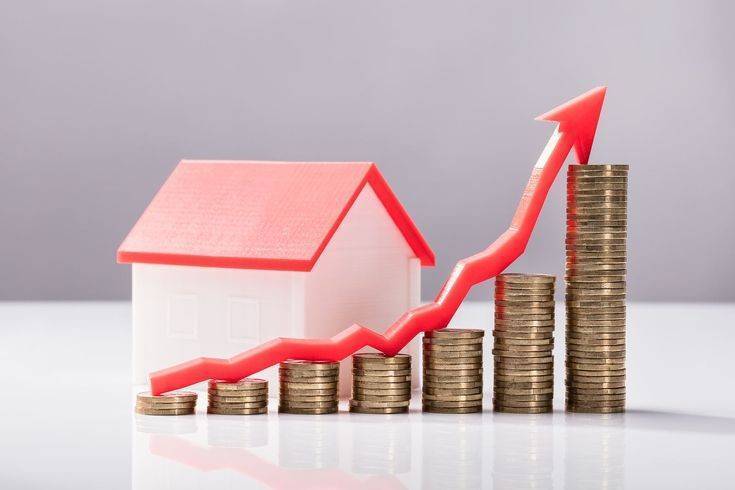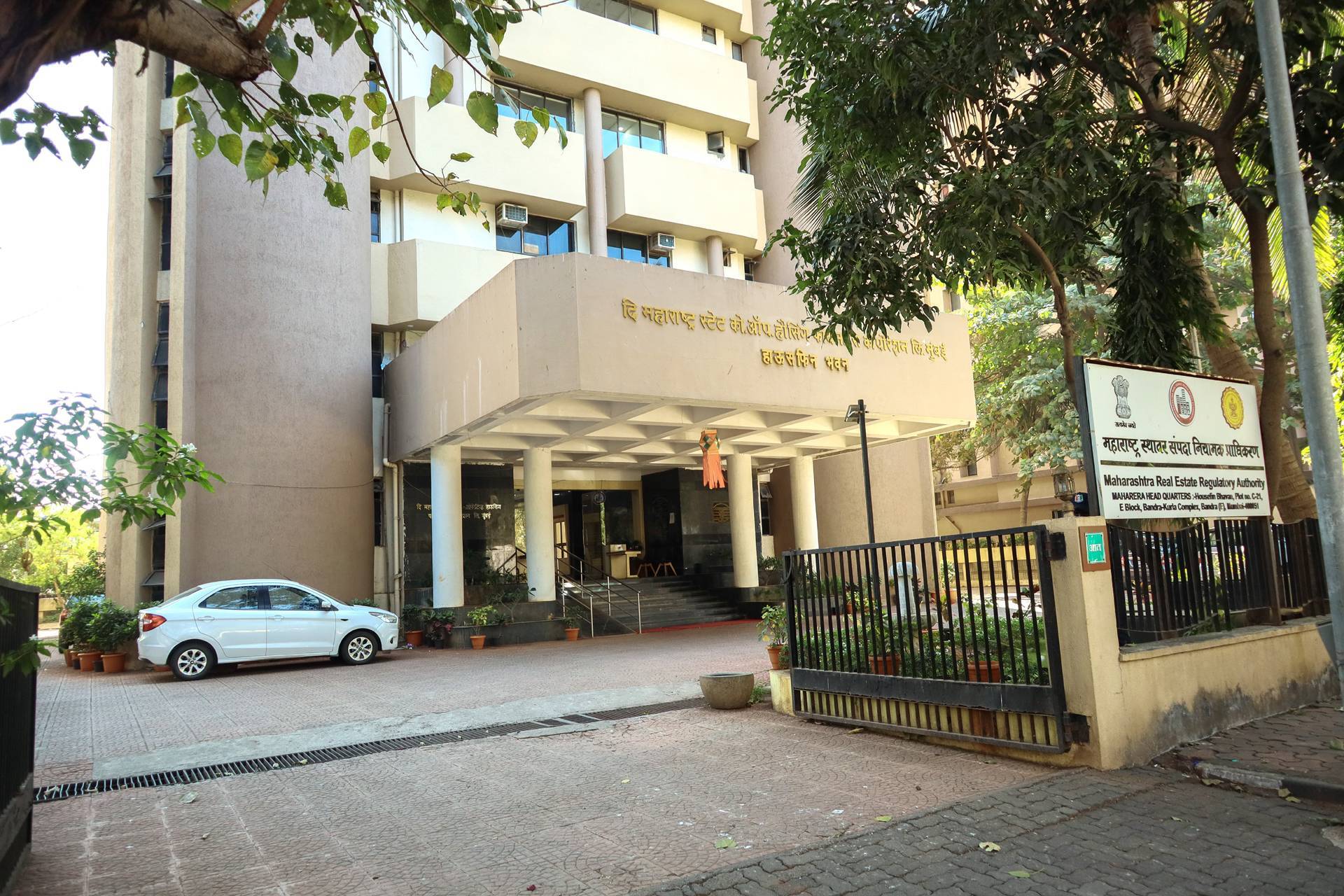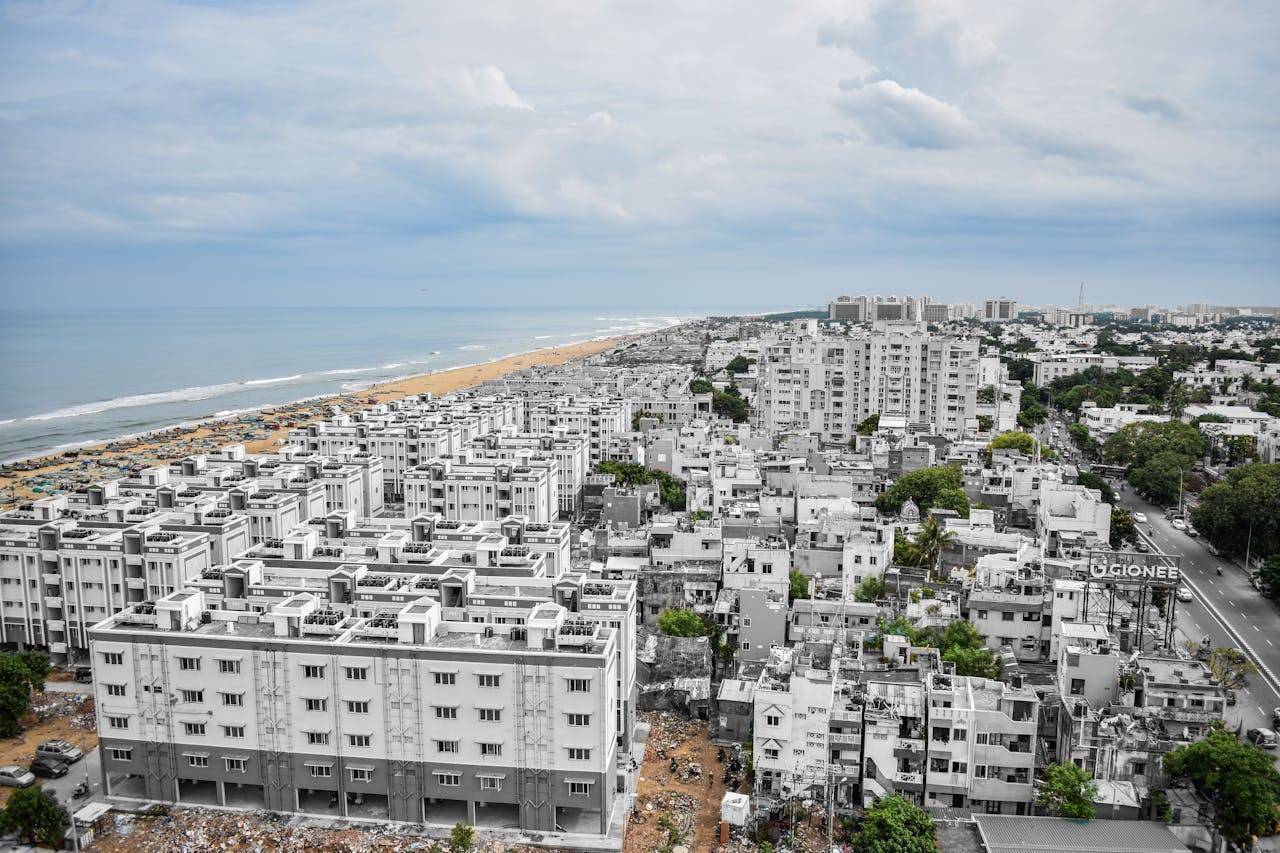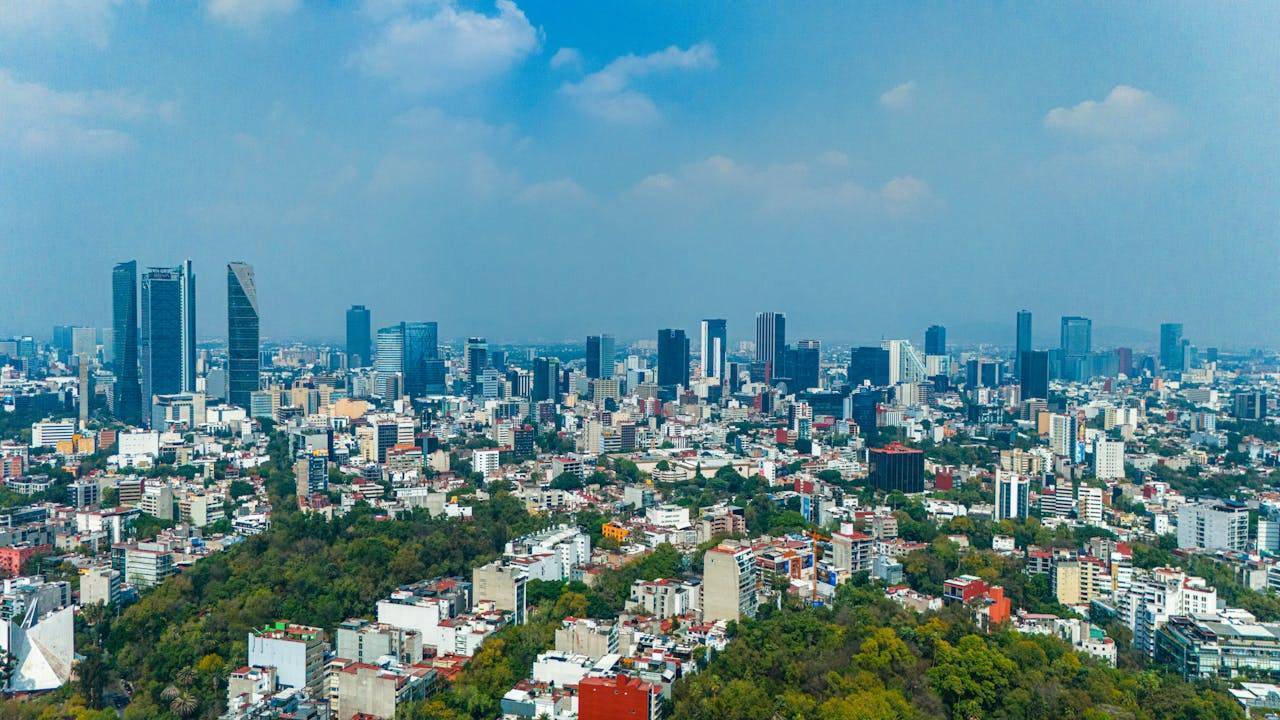India's real estate market experienced a significant surge in investments during the second quarter of 2024, attracting a total of USD 2.77 billion. This impressive performance, reported by Cushman & Wakefield, underscores the strong investor confidence and robust demand within the sector. The influx of investments has propelled the total for the first half of 2024 to a record-breaking USD 3.9 billion, marking a substantial 39% increase year-on-year.
According to Cushman & Wakefield, the second quarter's investment figures represent a 1.5x increase compared to the previous quarter. This surge highlights the continued attractiveness of India's real estate market to investors. Somy Thomas, Managing Director of Valuation & Advisory and Capital Markets at Cushman & Wakefield, noted that the USD 3.9 billion of private equity inflows during the first half of 2024 have already surpassed 70% of last year's total. This remarkable growth is primarily driven by infrastructure-related sectors such as logistics and industrial. Mr. Thomas stated, "The significant public investments in multi-modal economic corridors have fueled this surge, reflecting robust market demand and strong investor confidence."
Key Investment Destinations
Among India's cities, Delhi-NCR emerged as the top destination for private equity investments in Q2 2024, attracting USD 532 million and capturing 19% of the total share. This marks a significant 74% year-on-year increase. For the first half of the year, Delhi-NCR maintained its lead with USD 633 million of inflows, representing 16% of the total USD 3.9 billion investment in the sector. The office segment, with major equity buyouts by prominent fund houses, primarily drove this surge. The residential sector, particularly the high-end and luxury segment, also saw continued interest.
Bengaluru followed Delhi-NCR with 13% (USD 509 million) and Hyderabad with 8% (USD 320 million) in investment share for the first half of 2024. Multi-city deals accounted for the remaining 48% (USD 1,862 million) of the investments, reflecting a diversified investment strategy across various regions.
Sector-Wise Investment Distribution
The Logistics & Industrial (L&I) sector dominated the investment landscape in Q2 2024, capturing 56% of the total investments (USD 1,542 million). It also maintained its leading position with 41% of the total H1 inflows. This sector's prominence is indicative of the significant public investments in multi-modal economic corridors, which have boosted investor confidence and demand. The development of infrastructure, such as highways, rail networks, and ports, has created a conducive environment for the logistics and industrial sectors to thrive.
The office sector followed closely, attracting USD 924 million in Q2 and USD 1,196 million in H1. This growth can be attributed to the increasing demand for commercial office spaces, driven by the expansion of multinational companies and the rise of the startup ecosystem in India. The flexibility of hybrid work models has also led to a reevaluation of office space requirements, driving investments in this sector.
The residential sector secured USD 309 million in Q2 and USD 1,002 million in H1. The ongoing urbanization, rising disposable incomes, and favorable government policies have contributed to the steady demand for residential properties. High-end and luxury segments, in particular, have seen a surge in investments as affluent buyers seek premium living spaces with enhanced amenities.
Foreign investors played a crucial role in this investment surge, contributing 76.3% of the total investment volume in Q2 2024. A significant portion of these investments was directed towards the L&I sector. Deals involving a combination of equity and structured debt constituted 62% of the total inflows, while pure equity infusion deals made up 25%. This highlights the diverse investment strategies employed by foreign investors to capitalize on the growth potential of India's real estate market.
Macroeconomic Indicators
On the macroeconomic front, India's manufacturing sector grew by 9.9% year-on-year, and the tertiary sector saw a 7.6% annual growth. GST collections for June 2024 rose by 8% year-on-year, indicating robust domestic transaction volumes. These indicators reflect the underlying strength and positive momentum of the Indian economy, further bolstering investor confidence in the real estate market.
The government's focus on infrastructure development, coupled with policy reforms such as the Real Estate (Regulation and Development) Act (RERA) and Goods and Services Tax (GST), has created a favorable investment climate. These measures have enhanced transparency, reduced transaction costs, and streamlined processes, making the real estate sector more attractive to both domestic and foreign investors.
Mr. Thomas added, "Strong demand for office and residential spaces further solidifies the market's appeal. With continued positive momentum, we anticipate a buoyant year for private equity investments in the commercial real estate sector, potentially exceeding initial expectations."
Future Outlook
Looking ahead, the positive trends observed in the first half of 2024 are expected to continue, driven by sustained investor confidence and robust market demand. The real estate sector's resilience in the face of global economic uncertainties is a testament to its strong fundamentals and growth potential. As more infrastructure projects come online and urbanization accelerates, the demand for residential, commercial, and industrial spaces is likely to rise further.
The increasing adoption of technology in the real estate sector, such as PropTech solutions, is also expected to drive efficiency and innovation. Smart buildings, digital property management systems, and advanced analytics are transforming how real estate assets are managed and operated, enhancing their value and attractiveness to investors.
Moreover, the growing emphasis on sustainable development and green buildings is creating new investment opportunities. As environmental, social, and governance (ESG) considerations become more critical to investors, projects that prioritize sustainability and energy efficiency are likely to attract more capital.
Conclusion
As the market continues to evolve, the sustained growth in investments and the strong performance of key sectors indicate a bright outlook for India's real estate industry. The focus on sustainable infrastructure development and the increasing interest from foreign investors are likely to drive further growth, making it an exciting time for stakeholders in the Indian real estate market. With the continued positive momentum, the sector is set to exceed initial expectations, solidifying its position as a key driver of economic growth and development in India.
Image source- Pinterest









.png)